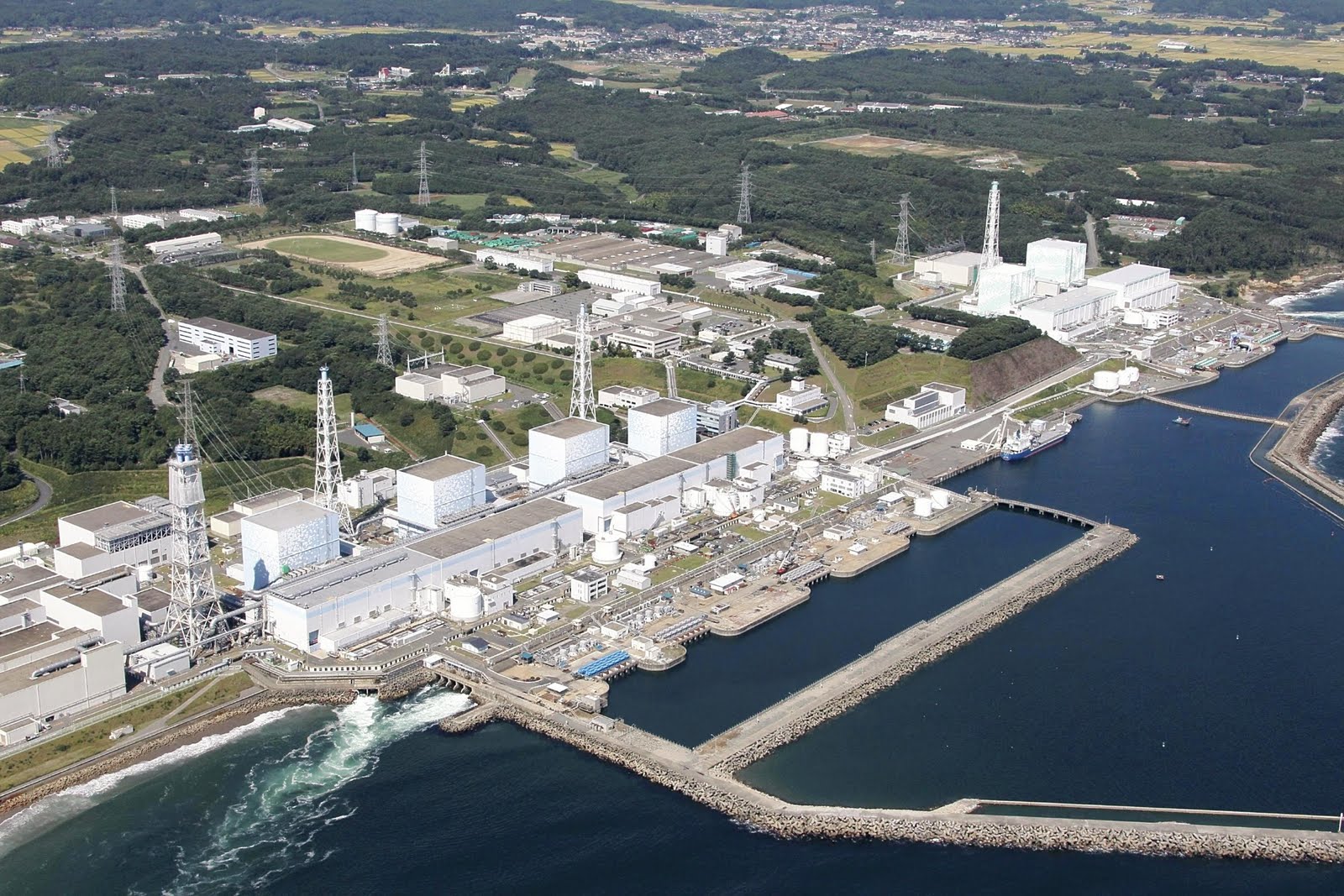Officials overseeing the decommissioning of the Fukushima Daiichi nuclear plant are struggling to stop contaminated water from entering the ocean. Now Tokyo Electric Power Company is drawing up another plan to use a newly developed cement to stem the radioactive flow.Highly contaminated water is flowing into a maze of underground tunnels at the facility. Engineers believe that it is mixing with groundwater and then leaking into the ocean.In April workers started to work on an underground wall of ice to stop the flow. They planned to start removing the tainted water in July and then bury the emptied tunnels in cement. However, the underground water has yet to freeze.So now they are considering plugging the tunnels with the special cement while they are still filled with water.Company officials say the risks of the contaminated water leaking into the sea are small. They say they will first explain the plan to the Nuclear Regulation Authority and hope to start the operation from mid-November in order to complete the work by next January.The company is carrying out a separate and even larger project to freeze soil and create a wall of ice around all 4 crippled reactors.Officials say the latest plan for the tunnels will not affect the larger project.
Sep. 23, 2014 - Updated 02:48
